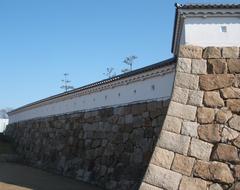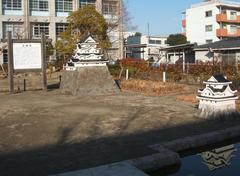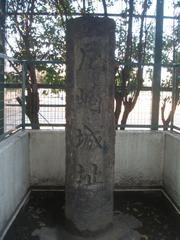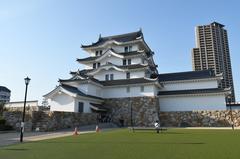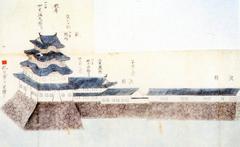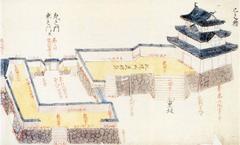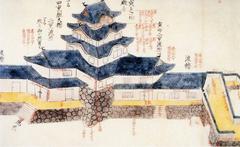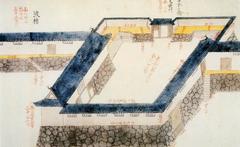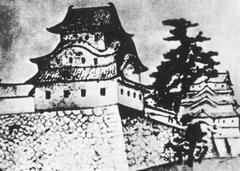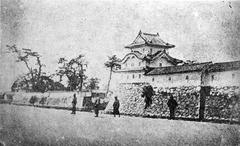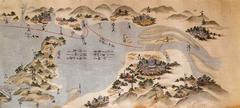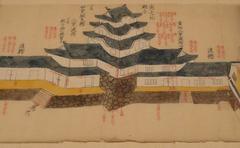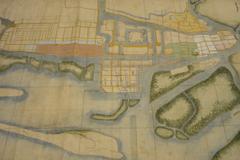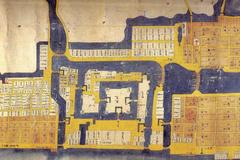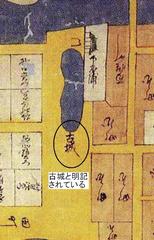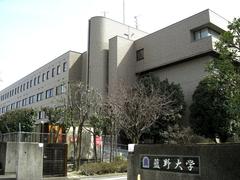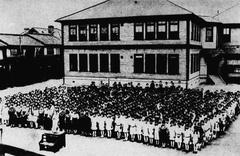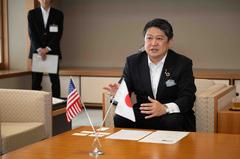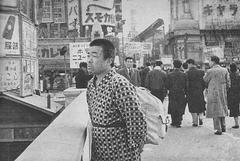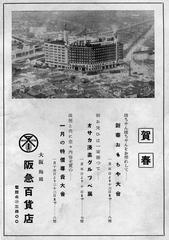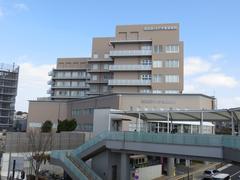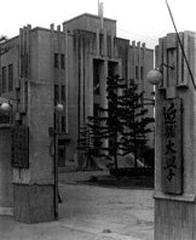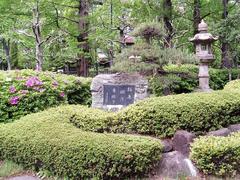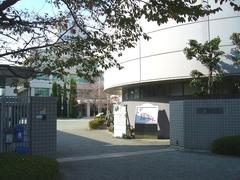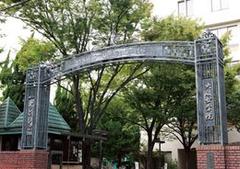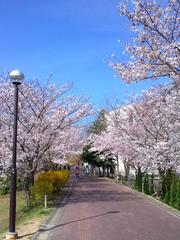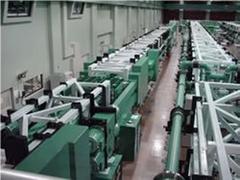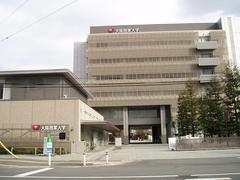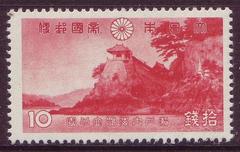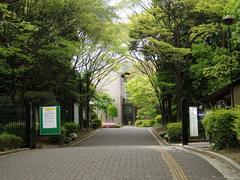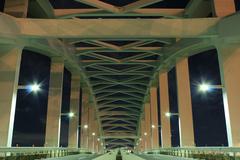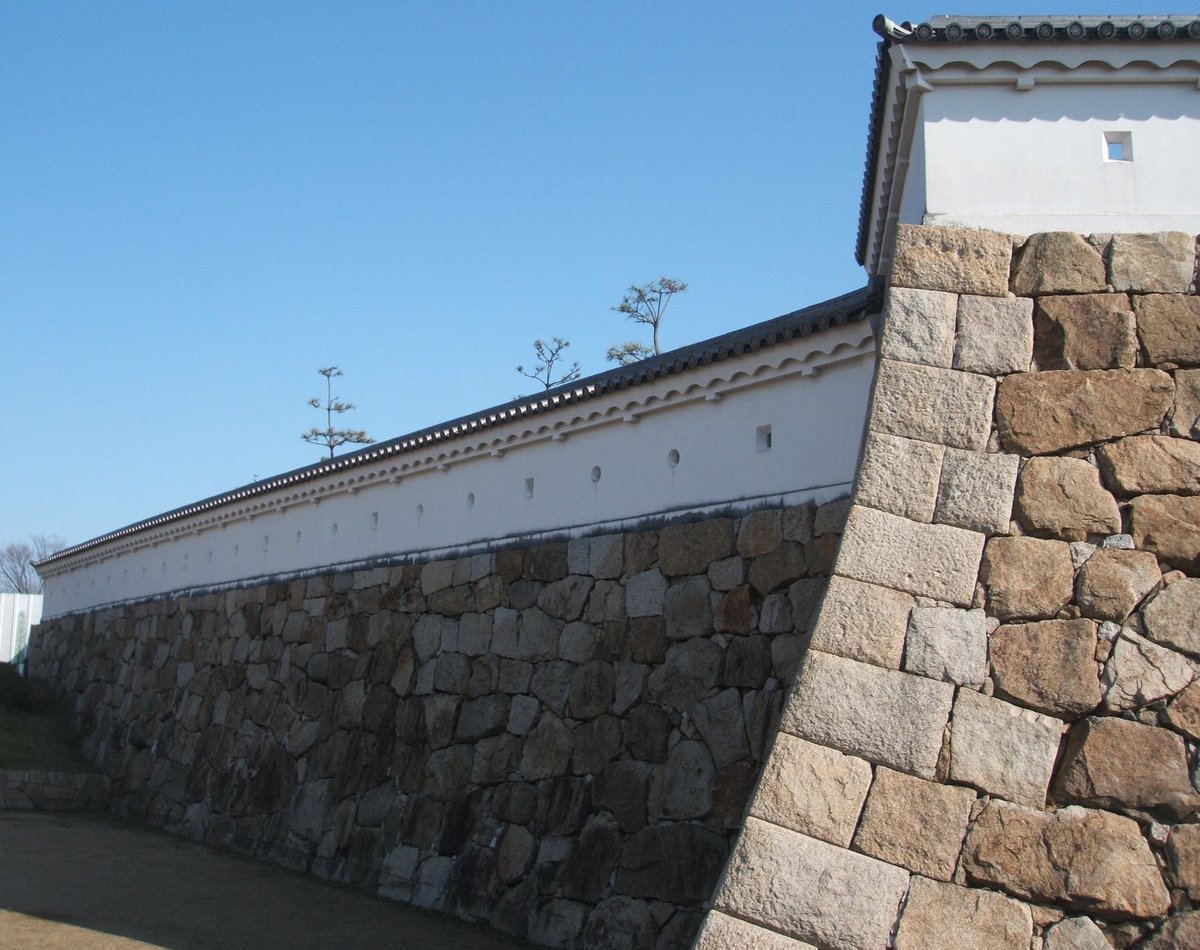
Guide to Visiting Amagasaki Castle in Osaka
Publication Date: 23/07/2024
Introduction
Amagasaki Castle, known as 尼崎城 (Amagasaki-jō) in Japanese, is a remarkable historical landmark situated in Amagasaki City, Hyogo Prefecture, near Osaka. Originally constructed in 1617 by Toda Ujikane, a daimyo under the Tokugawa shogunate, the castle has played a significant role in Japan’s feudal past. Its strategic location allowed it to oversee essential trade routes and waterways, connecting Osaka and Kyoto, thereby becoming a critical military and economic hub. Although dismantled during the Meiji Restoration, the castle was meticulously reconstructed in 2018 to reflect its historical grandeur (Hyogo Tourism). Today, Amagasaki Castle serves not only as a museum and cultural center but also as a symbol of resilience and heritage preservation, attracting tourists and history enthusiasts alike. This comprehensive guide delves into the castle’s rich history, architectural features, visitor information, and travel tips to ensure a memorable visit.
Contents
- Introduction
- History of Amagasaki Castle
- Origins and Early History
- Architectural Features
- Role in the Edo Period
- Decline and Demolition
- Reconstruction and Modern Era
- Significance and Legacy
- Visitor Information
- Visiting Hours and Tickets
- Access
- Guided Tours
- Facilities
- Travel Tips and Nearby Attractions
- Nearby Attractions
- Special Events
- Photographic Spots
- FAQ
- Conclusion
History of Amagasaki Castle
Origins and Early History
Amagasaki Castle was constructed in 1617 by Toda Ujikane, a daimyo under the Tokugawa shogunate, as part of efforts to consolidate power and control over the region. The castle’s strategic location allowed it to oversee critical trade routes and waterways connecting Osaka and Kyoto, making it a significant military and economic hub.
Architectural Features
The original Amagasaki Castle featured a central keep (tenshu), surrounded by multiple layers of defensive walls, moats, and gates. The design combined defensive and aesthetic elements, including white plaster walls, wooden structures, and tiled roofs. The central keep served as the residence of the daimyo and a last line of defense.
Role in the Edo Period
During the Edo period, Amagasaki Castle served as the seat of the Amagasaki Domain, governed by the Toda and later the Matsudaira clan. Its strategic location contributed to the economic prosperity of the domain by controlling the flow of goods and people between Osaka and Kyoto. Although designed to withstand sieges, the castle never faced significant military threats during this peaceful period.
Decline and Demolition
The Meiji Restoration in 1868 marked the end of the Edo period. With the abolition of the feudal system, many castles, including Amagasaki Castle, lost their significance. In 1873, the Meiji government ordered the demolition of many castles to modernize the country. Amagasaki Castle was dismantled, and its materials repurposed for other projects. The castle grounds were eventually converted into public spaces.
Reconstruction and Modern Era
In 2018, a project to reconstruct Amagasaki Castle was completed, aiming to revive the cultural and historical heritage of the region. The reconstructed castle features a replica of the original central keep, built using traditional techniques and materials. Today, it serves as a museum and cultural center, offering exhibits on the history and architecture of the Edo period.
Significance and Legacy
Amagasaki Castle is a reminder of Japan’s feudal past and the architectural achievements of the Edo period. Its reconstruction has revitalized the local community, attracting tourists and promoting cultural exchange. The castle hosts various cultural events, including traditional tea ceremonies, samurai reenactments, and historical lectures.
Visitor Information
Visiting Hours and Tickets
- Opening Hours: Amagasaki Castle is open from 9:00 AM to 5:00 PM, with the last entry at 4:30 PM. It is closed on Mondays and during the New Year holidays.
- Admission Fees: The entrance fee for adults is 500 yen, while children and students can enter for 250 yen. Group discounts are available for parties of 20 or more.
Access
Amagasaki Castle is easily accessible by public transportation. It is a short walk from Amagasaki Station on the Hanshin Main Line. For those traveling by car, there is a parking lot near the castle grounds.
Guided Tours
Guided tours are available in Japanese, and English-speaking guides can be arranged upon request. These tours offer valuable insights into the castle’s history and architecture.
Facilities
The castle grounds include a souvenir shop, a café, and restrooms. There are also picnic areas where visitors can enjoy scenic views of the castle and its surroundings.
Travel Tips and Nearby Attractions
Nearby Attractions
Explore other historical sites in Hyogo Prefecture, including Himeji Castle and Kobe’s cultural landmarks.
Special Events
Check the official Amagasaki Castle website for updates on special events such as seasonal festivals and exhibitions.
Photographic Spots
Capture beautiful photos from designated spots around the castle, especially during cherry blossom season.
FAQ
What are the opening hours of Amagasaki Castle? The castle is open from 9:00 AM to 5:00 PM, with the last entry at 4:30 PM, and is closed on Mondays and during the New Year holidays.
How much do tickets to Amagasaki Castle cost? The entrance fee is 500 yen for adults and 250 yen for children and students, with group discounts available.
Is Amagasaki Castle accessible by public transportation? Yes, it is a short walk from Amagasaki Station on the Hanshin Main Line.
Conclusion
Amagasaki Castle is a must-visit destination for history enthusiasts and travelers exploring Hyogo Prefecture. Its rich history, beautiful reconstruction, and cultural significance make it a fascinating site. For more information and updates, visit the official Amagasaki Castle website.
Summary
Amagasaki Castle stands as a testament to Japan’s rich feudal history and architectural prowess. Its reconstruction in 2018 has revitalized the local community, drawing visitors from across Japan and beyond. The castle offers a unique blend of historical insight and cultural experiences, from samurai reenactments to traditional tea ceremonies (Amagasaki City). Whether you’re a history aficionado or a casual traveler, the castle provides a fascinating glimpse into the Edo period. With its accessible location, well-maintained facilities, and engaging exhibits, Amagasaki Castle is a must-visit destination for anyone exploring Hyogo Prefecture. Plan your trip today to immerse yourself in the captivating story of this iconic landmark.
